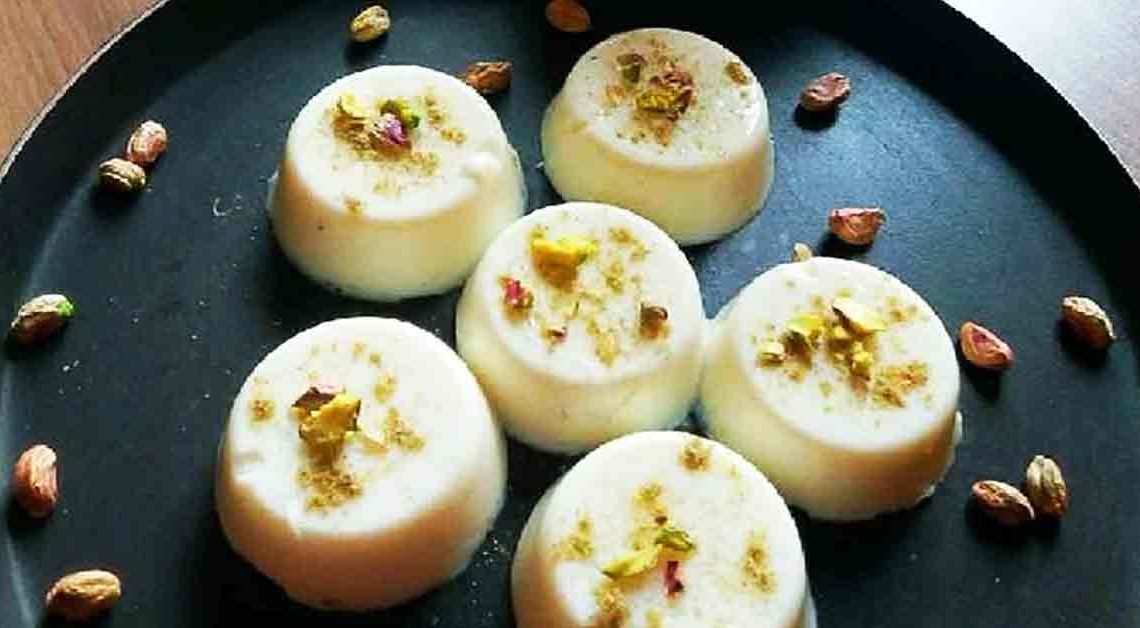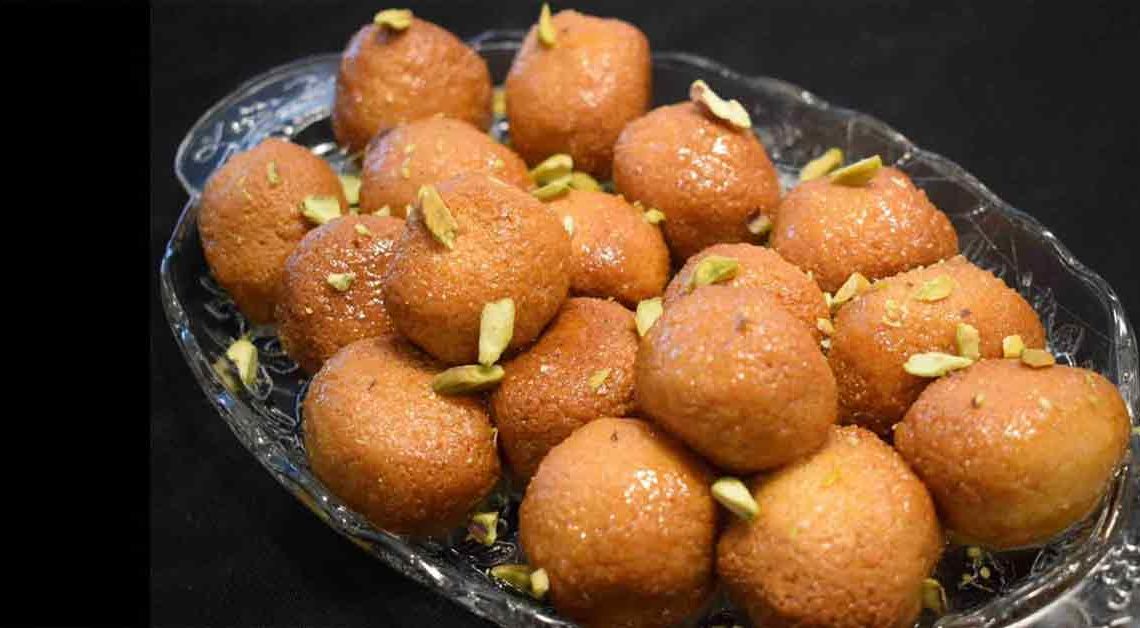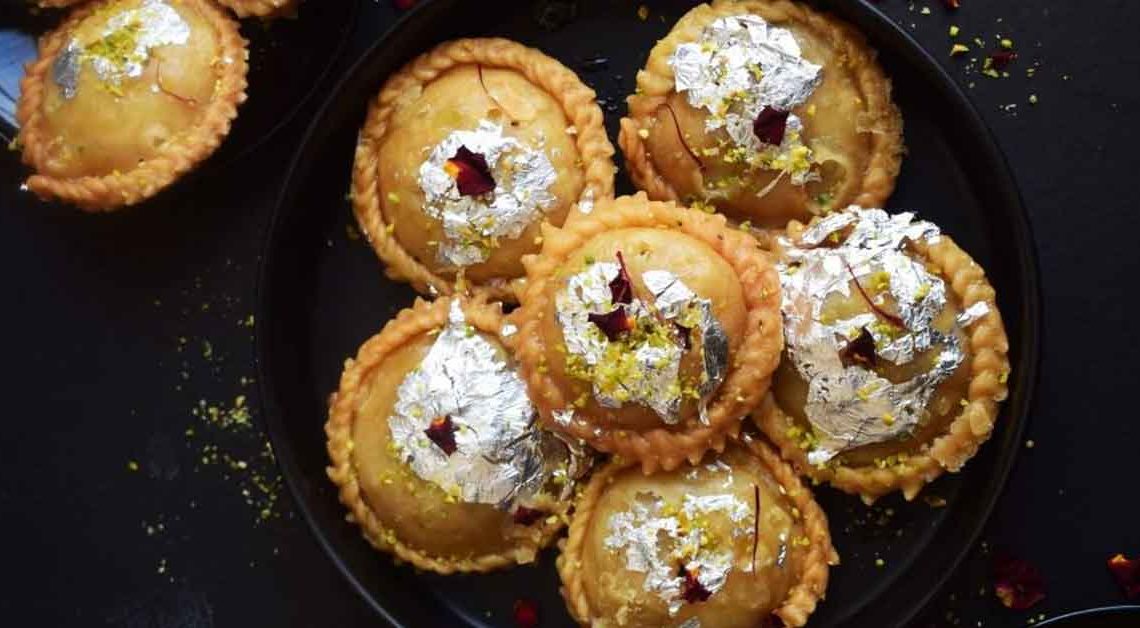Vermicelli Kheer Magic: A Dessert for All Seasons

Welcome to our culinary journey on Mithainama, where we’re about to embark on a delightful expedition into the heart of Indian sweets. Today, we unravel the secrets behind a beloved classic – Vermicelli Kheer.
Picture this: fragrant cardamom dancing in the air, slender vermicelli threads elegantly intertwined with creamy milk, and the caramelized aroma of ghee and roasted nuts wafting from the kitchen. Vermicelli Kheer is more than just a dessert; it’s a symphony of flavors and textures that can transport you to a world of sweet nostalgia.
In every spoonful of this velvety delight, you’ll discover the essence of tradition, a taste that has graced festive tables and everyday meals alike for generations. Its simplicity and versatility are remarkable – a comforting dessert on a rainy day or a grand finale to a lavish feast.
Origin of Vermicelli Kheer
Vermicelli Kheer, also known as Seviyan Kheer, is a popular Indian dessert with its roots deeply embedded in the country’s rich culinary heritage. The dish has a long and fascinating history.
Vermicelli, which are thin noodles made from wheat or rice, were introduced to the Indian subcontinent during the Mughal era. The Mughals, who ruled India from the early 16th to the mid-18th century, brought with them Persian and Central Asian culinary influences. It is believed that vermicelli, similar to the ones used in Vermicelli Kheer, were initially used in savory dishes like biryanis and pulavs.
Over time, as Indian cuisine evolved and adapted to various cultural influences, vermicelli found its way into sweet preparations. The transformation of vermicelli into a dessert ingredient likely occurred during the medieval period, as India’s diverse regional cuisines began experimenting with different ingredients and flavors.
History of Vermicelli Kheer
Vermicelli Kheer, also known as Seviyan Kheer, is a traditional Indian dessert with a history deeply rooted in the culinary traditions of the Indian subcontinent. The dish has a long and storied past, reflecting the diverse influences that have shaped Indian cuisine over the centuries.
The use of vermicelli-like noodles in cooking dates back thousands of years in India. While not exactly the same as modern vermicelli, these ancient noodles were made from various grains and were used in both sweet and savory dishes.
The concept of making sweet dishes from vermicelli likely gained popularity during the medieval period in India, influenced by the Persian and Central Asian culinary traditions that came with the Mughal rulers. The Mughals, who reigned over India from the early 16th to the mid-18th century, introduced various ingredients and cooking techniques to the Indian subcontinent.
It has become an integral part of Indian festivals and celebrations. It is commonly prepared during occasions like Eid, Diwali, Holi, and weddings, symbolizing sweetness and prosperity.
Cultural Significance
Vermicelli Kheer holds significant cultural importance in India and other regions where it is enjoyed. Its cultural significance is deeply rooted in traditions, celebrations, and the symbolism associated with this sweet dessert. Here are some aspects of its cultural importance:
Festive Occasions: It is commonly prepared and served during various festivals and special occasions. It is often prepared as part of religious ceremonies and celebrations, symbolizing sweetness, auspiciousness, and joy. For example: Eid, Diwali.
Regional Variations: Different regions in India have their own unique ways of preparing Vermicelli Kheer, showcasing the cultural diversity of the country. Each variation reflects the local ingredients, flavors, and traditions of that region.
Generational Tradition: Passing down the recipe from one generation to another is a common practice in many families. This culinary tradition helps preserve cultural heritage and fosters a sense of continuity and connection to one’s roots.
Where is Vermicelli Kheer Famous?
Vermicelli Kheer, also known as Seviyan Kheer or Semiya Payasam in different regions, is famous primarily in South Asian countries, with India being the most prominent. Here are the regions and countries where it is well-known and enjoyed:
India: It is an integral part of Indian cuisine and is enjoyed throughout the country. It is prepared and relished in various forms and regional variations. Different states in India have their own unique ways of making and flavoring Vermicelli Kheer, adding to its diversity and popularity.
Bangladesh: In Bangladesh, it is known as “Shemai” or “Shimai” and is a popular dessert served during celebrations and special gatherings.
Nepal: It is also enjoyed in Nepal, especially during festivals and ceremonies. It is known as “Semiya Ko Kheer” or “Sevai Kheer” in the Nepali language.
Interesting Facts and Trivia
Vermicelli Kheer, a delectable Indian dessert, is not only a culinary delight but also has some interesting facts and trivia associated with it:
- Vermicelli, the key ingredient in Vermicelli Kheer, was introduced to the Indian subcontinent during the Mughal era, reflecting the influence of Persian and Central Asian culinary traditions on Indian cuisine.
- While some people prefer it to be thick and creamy, others enjoy it in a thinner consistency. The choice between the two is a matter of personal preference and can vary from one region to another.
- The addition of dry fruits and nuts, such as almonds, cashews, and raisins, is common in Vermicelli Kheer. These ingredients not only enhance the flavor but also provide a satisfying crunch.
- The use of cardamom powder or crushed cardamom pods is prevalent in kheer recipes. Cardamom adds a delightful aroma and a touch of warmth to the dish.
- In response to dietary preferences and health-conscious choices, there are vegan versions of kheer that use almond milk or coconut milk instead of dairy. Additionally, some recipes reduce sugar or use natural sweeteners like jaggery.
Did You Know?
Vermicelli Kheer isn’t just a delectable dessert; it also offers several health benefits when consumed in moderation:
- It is a carbohydrate-rich dessert, making it an excellent source of energy. The vermicelli provides quick-release energy, making it a delightful treat to enjoy during a busy day.
- Milk, a primary ingredient in it, is a good source of protein. This dessert provides essential amino acids required for various bodily functions, including muscle repair and growth.
- Milk in it is a significant source of calcium, essential for strong bones and teeth. Consuming this dessert can contribute to maintaining healthy bone density.
- Ingredients like cardamom and saffron, often used in it, have digestive properties and can help alleviate digestive discomfort.
- Depending on the garnishes and additives used, and can contain a variety of vitamins and minerals from ingredients like almonds, pistachios, and raisins.







